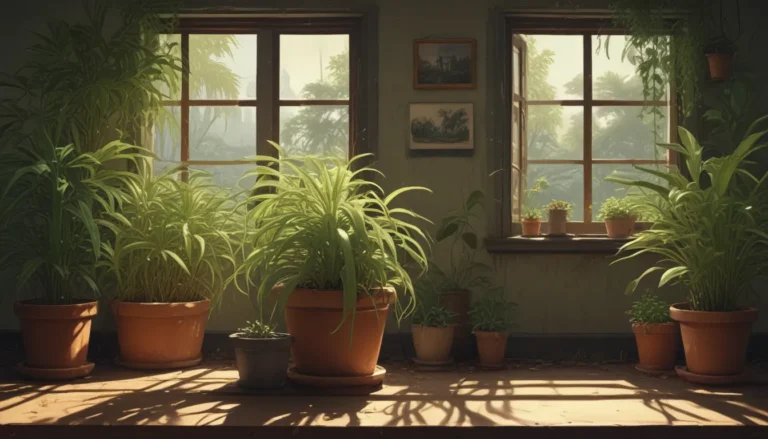The Ultimate Guide to Sun Recommendations for Planting Kale

Are you a fan of nutrient-rich kale and looking to grow it in your own backyard vegetable garden for a steady supply of fresh greens? If so, you’ve come to the right place. In this comprehensive guide, we will dive deep into the sun recommendations for planting kale, ensuring that you have all the information you need to successfully cultivate this superfood at home.
Kale, scientifically known as Brassica oleracea var. acephala, is a cool-weather crop that thrives best in temperatures below 75°F. Whether you are a seasoned gardener or new to growing kale, understanding the optimal sunlight requirements for this cruciferous vegetable is crucial for a bountiful harvest. Let’s explore the different scenarios and seasons when it comes to providing the right amount of sunlight for your kale plants.
What You’ll Learn
- Your Cool-Weather Cole Crop: Discover why kale is perfect for spring and fall planting
- The Situation with Summer: Uncover the secrets to keeping your kale plants happy during the summer months
- A Multi-Season Solution: Learn how to cultivate kale in a spot that transitions from full sun to partial shade throughout the year
Your Cool-Weather Cole Crop
For gardeners looking to plant kale during the spring or fall in USDA Hardiness Zones, providing full sun is key to promoting abundant leaf production. Kale plants thrive in full sun during the cooler seasons, allowing them to produce an abundance of fresh greens for your culinary creations. However, in climates with hot spring or fall temperatures, planting kale in partial shade may result in smaller yields.
When growing kale for a spring or fall harvest, placing your plants in a sunny location will ensure optimal leaf development. In USDA Zones 7-10, kale can even continue to grow throughout the winter, making it a versatile and resilient addition to your vegetable garden.
The Situation with Summer
While kale is typically not considered a summer crop, gardeners in regions with mild summer temperatures around 75°F can enjoy a prolonged harvest by planting kale in full sun. However, in hotter climates where temperatures soar above 100°F, providing partial shade is essential to protect your kale plants from heat stress.
In areas with scorching summer temperatures, strategically planting kale in part shade can help shield the plants from excessive heat. By utilizing natural shade from trees or creating shade structures, you can provide the ideal growing conditions for kale despite the intense summer sun.
A Multi-Season Solution
To achieve a multi-season kale harvest, consider transitioning your plants from full sun to partial shade as the seasons change. Planting kale in a location that receives full sun in the spring and partial shade in the summer can help maintain plant health and vitality throughout the year. This adaptable approach allows you to enjoy fresh kale from spring through fall, regardless of the changing sunlight conditions.
Alternatively, container gardening offers a flexible solution for growing kale in varying light conditions. By adjusting the sun exposure of your containers based on the season, you can optimize kale growth and yield while ensuring proper moisture levels for container-grown plants.
Fifty Shades of Kale
With numerous options for providing the ideal amount of sunlight to your kale plants, the multi-season solution offers a versatile and effective approach to growing this nutritious vegetable. By transitioning your plants between full sun and partial shade based on the season, you can maximize kale production and enjoy a continuous harvest from spring to fall.
Are you ready to implement this method in your own garden, or do you prefer planting kale in full sun for cool season enjoyment? Share your thoughts in the comments below and join the conversation on cultivating kale in your backyard.
As you explore the world of kale cultivation, be sure to check out these additional resources to enhance your gardening experience:
- How to Harvest Kale
- The Best Companion Plants to Grow with Kale
- How to Naturally Kill Insects on Kale: The Best Organic Solutions
- Kale Spacing: How Far Apart to Plant for the Best Harvest
Join us in creating a thriving kale garden that yields an abundance of fresh greens for your culinary endeavors. Let’s cultivate kale with care and knowledge, ensuring a bountiful harvest throughout the seasons.





